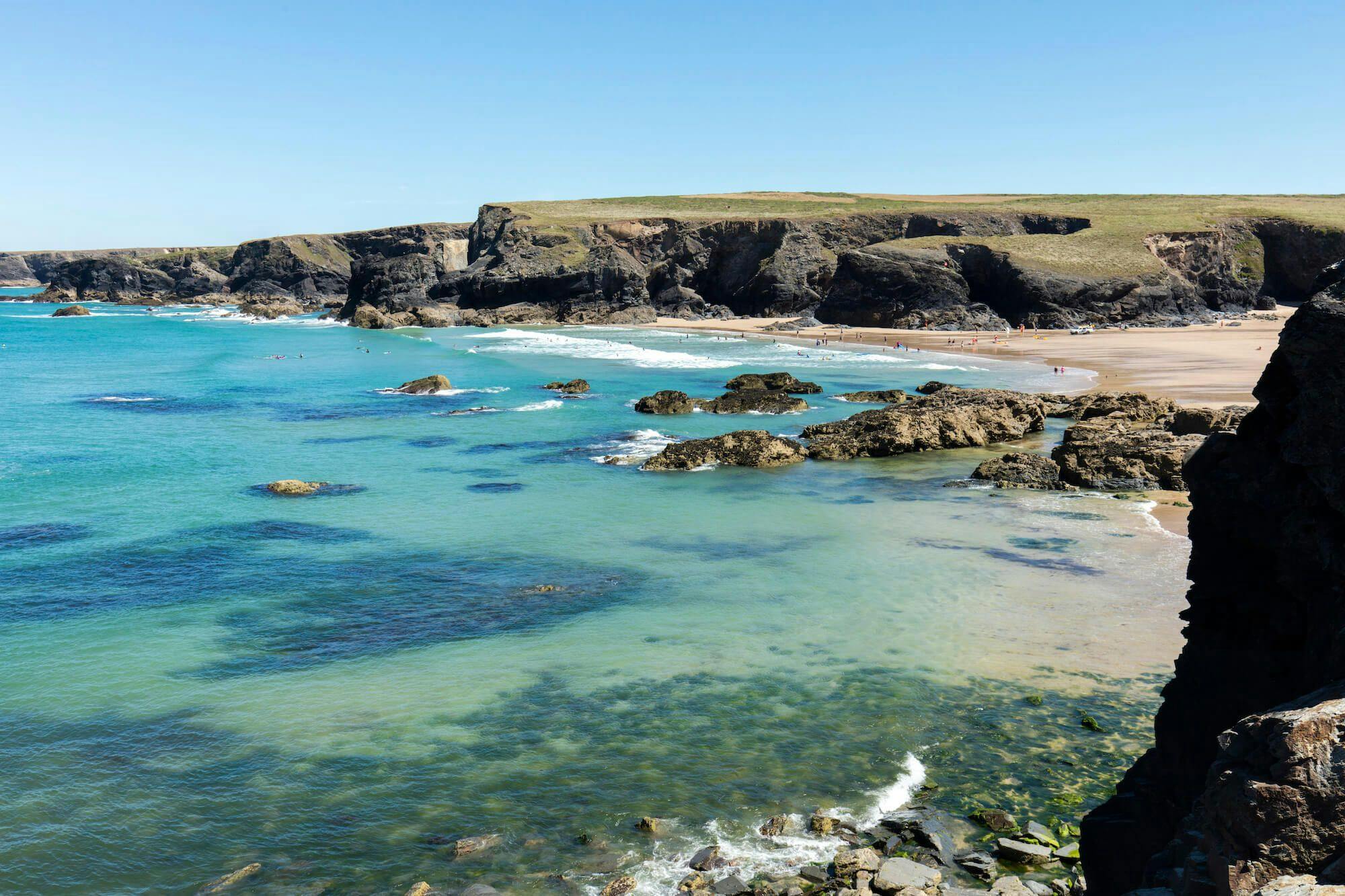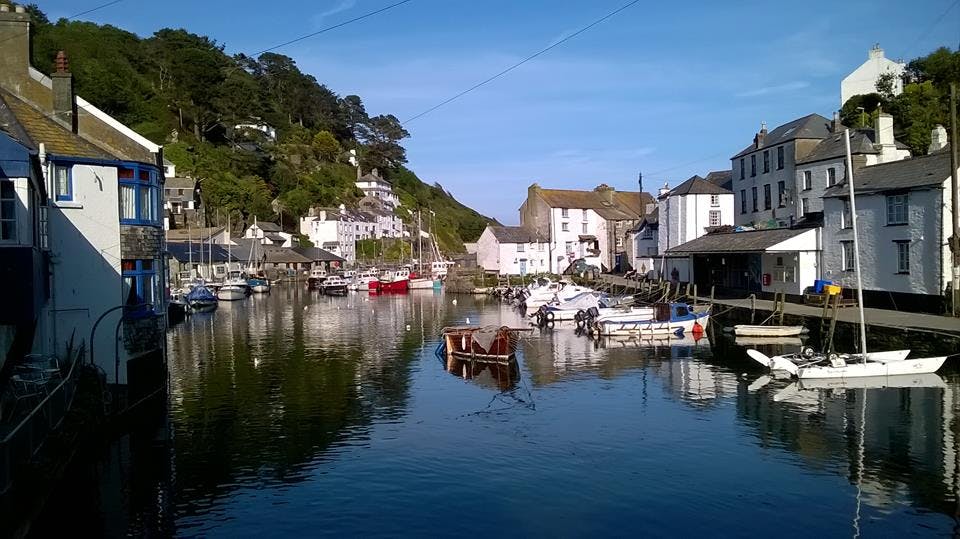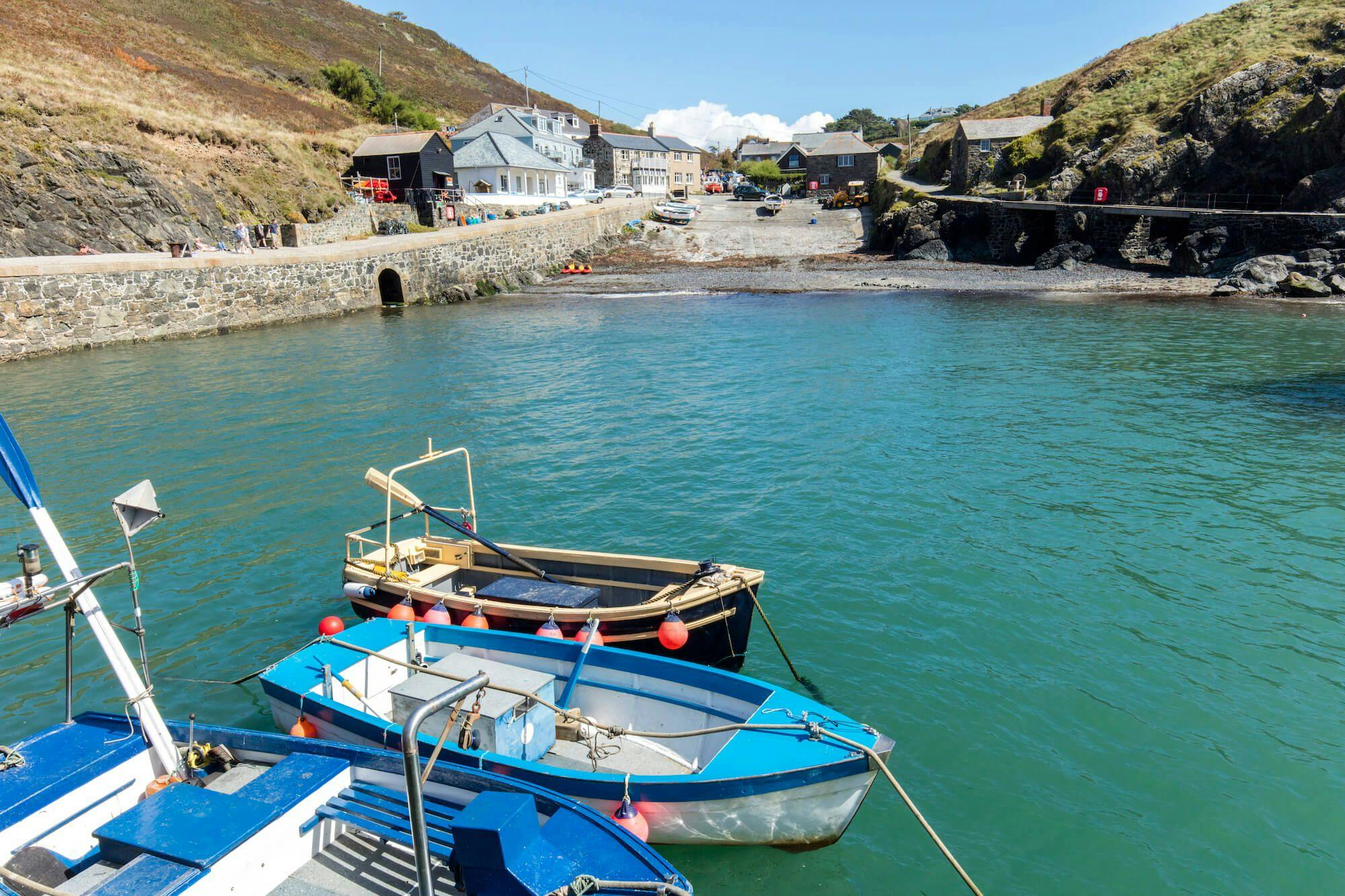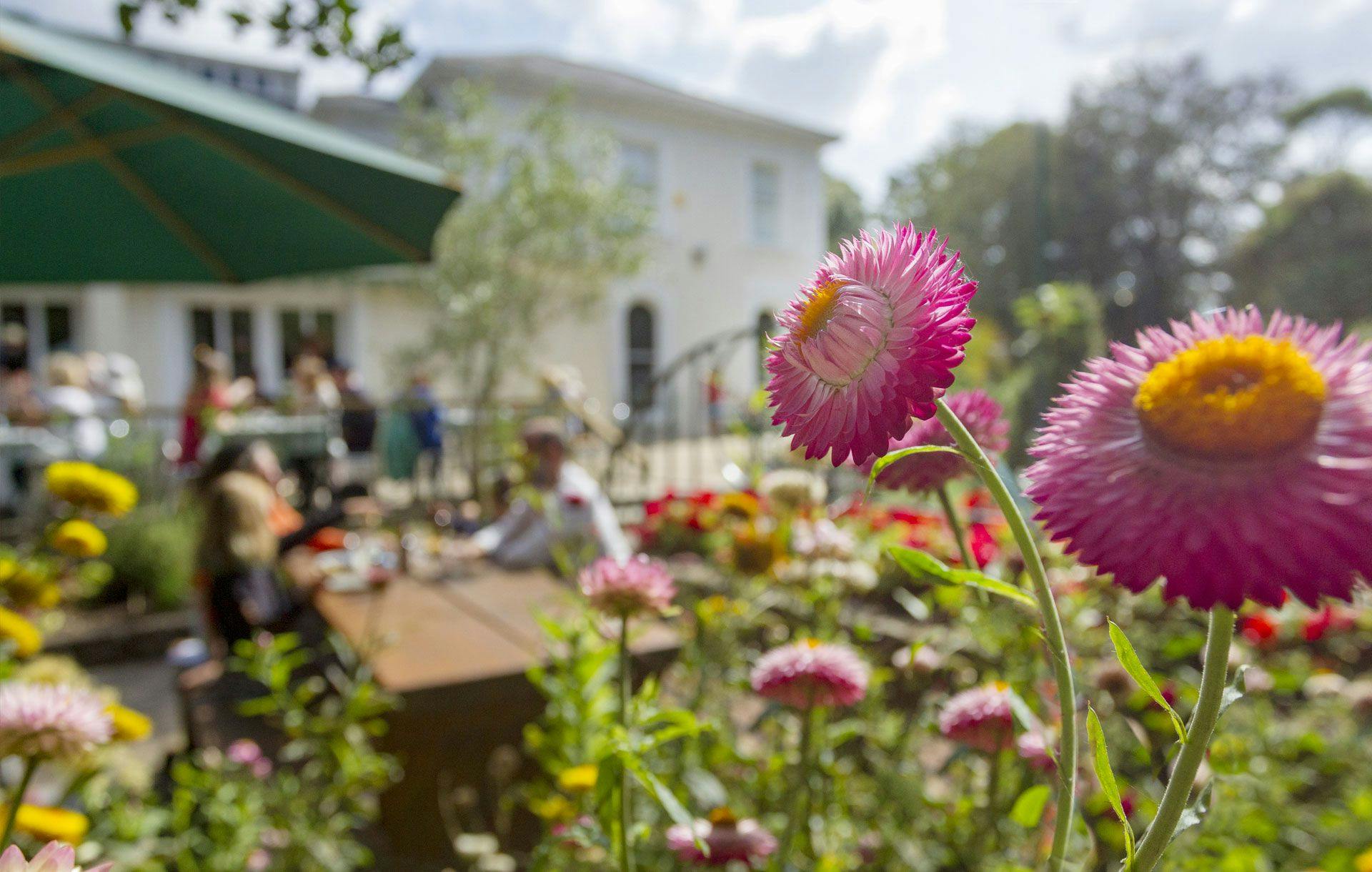Top Ten Cornish Ports
Everyone loves a wander around a Cornish quayside or harbour, but few realise that many of the buildings now converted to apartments or restaurants were once industrial buildings serving a busy port concerned with either fishing, mining or quarrying... Here's our guide to 10 of those ports from around Cornwall.
Kingsand & Cawsand
Until 1844 the Devon/Cornwall border passed between these twin villages on the Rame peninsula, look out for the famous boundary marker on a cottage wall. Cawsand was strategically important in protecting the waters of Plymouth Sound, and Admiral Nelson stayed here at the turn of the 19th century.
Explore: Mount Edgcumbe Country Park, with its beautiful grounds, which include follies and formal gardens, is within walking distance along the South West Coast Path, and is spectacular at any time of year. In summer, take the passenger ferry from Cawsand Beach to Plymouth Hoe (keep your eyes peeled for dolphins).
Polperro
With its narrow streets lined by typical whitewashed fishermen's cottages, Polperro is a picture-postcard harbour village and a popular tourist destination. It’s hard not to imagine smugglers clinking their tankards in the many pubs around the harbour, and the museum offers a fascinating insight into the history of fishing and contraband, as well as a wonderful collection of model ships.
Explore: Visit the many art galleries or walk the South West Coast Path towards Talland Bay , the coastline here is truly spectacular.
Mevagissey
Mevagissey harbour dates back to 1774, and has become an integral part of the appeal of this charming fishing village. Named after two Irish saints, Meva and Issey, “Meva” made its name from pilchards, landing up to 15,000 tonnes a year in its heyday.
Explore: Pubs, cafes, galleries and independent shops draw visitors to Meva at any time of year. Walk to the end of the harbour wall for a scenic sea view. A seasonal ferry runs to Fowey from April to October
Portscatho
Like other small harbours, Portscatho grew around the pilchard industry and was popular due to its protection from the prevailing winds. The fish were cleaned and salted, packed into wooden barrels and destined for Mediterranean ports. Few fishermen remain today, but this pretty Roseland community does well out of recreational boating and tourism.
Explore: Portscatho has built a reputation as a thriving art colony reminiscent of Newlyn and St Ives. Browse a gallery or two, you might even find a painter in the former fisherman’s shelter!
Penryn
One of Cornwall’s oldest towns, Penryn was a flourishing seaport of major importance before Falmouth, with deep water capable of accommodating large vessels. The success of tin and copper mining saw Penryn busy in the 17th century, and it became known as the “Granite Port” due to large quantities of stone leaving local quarries for use abroad.
Explore: Follow the Penryn River downstream to Dutch-built Flushing, where you can catch a passenger ferry across to Falmouth.
Porthleven
The southernmost port in mainland Britain, Porthleven’s harbour was built during Napoleonic times, some say by French prisoners of war. This is one of Cornwall’s liveliest villages, with its restaurants, galleries and regular festivals.
Explore: Visit during storm season and watch (from a safe distance) as waves smash against the backdrop of the iconic Bickford-Smith Institute.
Newlyn
Newlyn is one of the UK’s largest fishing ports with access to some of the richest fishing grounds in the Northern Hemisphere. Beloved by artists in Victorian times whose work can now be viewed in the Penlee Gallery in Penzance. Olympic rower Helen Glover's family still sell ice cream at Jelberts.
Explore: Walk east towards Penzance along the fine promenade and enjoy the views across to St Michael’s Mount. Take a dip in the Art Deco Jubilee Pool, the geothermal section stays warm, even in winter
Portreath
Portreath was one of Cornwall’s earliest industrial ports, well used during the 19th century by the “Welsh Fleet”: a great flotilla of schooners, brigs and brigantines shipping 100,000 tonnes of copper ore annually to South Wales and returning with engine coal to fire Cornish mines.
Explore: The Portreath Tramroad opened in 1809 to link the harbour with the copper mines at Scorrier and St Day. Today, you can hire a bike and follow the Coast-to-Coast trail all the way to Devoran on the shores of the Fal.
Newquay
There has been a quay at Newquay since medieval times, but the 19th century saw a transformation from small village to successful town, including the construction of the north and south piers we see today. Mining entrepreneur Joseph Treffry bought the harbour, hoping to exploit it as an import/export harbour; instead, it was swept up in the Victorian seaside resort boom and remains popular with families to this day.
Explore: Porth beach is popular with families and there is pleasant walking around Porth Island, Look out for Porth Veor Manor Hotel, designed by 19th century Cornish architect Silvanus Trevail, whose other works include Newquay’s Headland Hotel.
Bude
The harbour and canal once ferried boats full of mineral-rich sand from the beach upriver to be used as agricultural fertiliser, as well as Welsh coal. The railway and ready availability of cheap manufactured fertiliser put paid to this trade, but the canal is now used by locals and visitors for leisure activities such as fishing, cycling, canoeing, walking and running.
Explore: Bude has beautiful beaches, including Summerleaze and Crooklets. Alternatively, take a stroll up the canal, and if you get as far as The Weir, pop in for a coffee and to explore its wildlife centre.

Your weekly dose of Cornish cheer!
When you can’t be in your favourite place all the time, catch up on the latest stories, upcoming events, holiday ideas, and offers with a newsletter straight to your inbox. Terms and Conditions / GDPR compliance: by providing personally identifiable information Visit Cornwall will use it to provide you with ongoing information about their products and services. No one from Visit Cornwall will rent, sell or lease this personally identifiable information to other companies or individuals.
Stay connected
Find us on socials and stay connected with the Cornwall you love.
We use cookies to personalise content and ads and to analyse our traffic. You consent to our cookies if you continue to use our website. (Privacy Policy)




